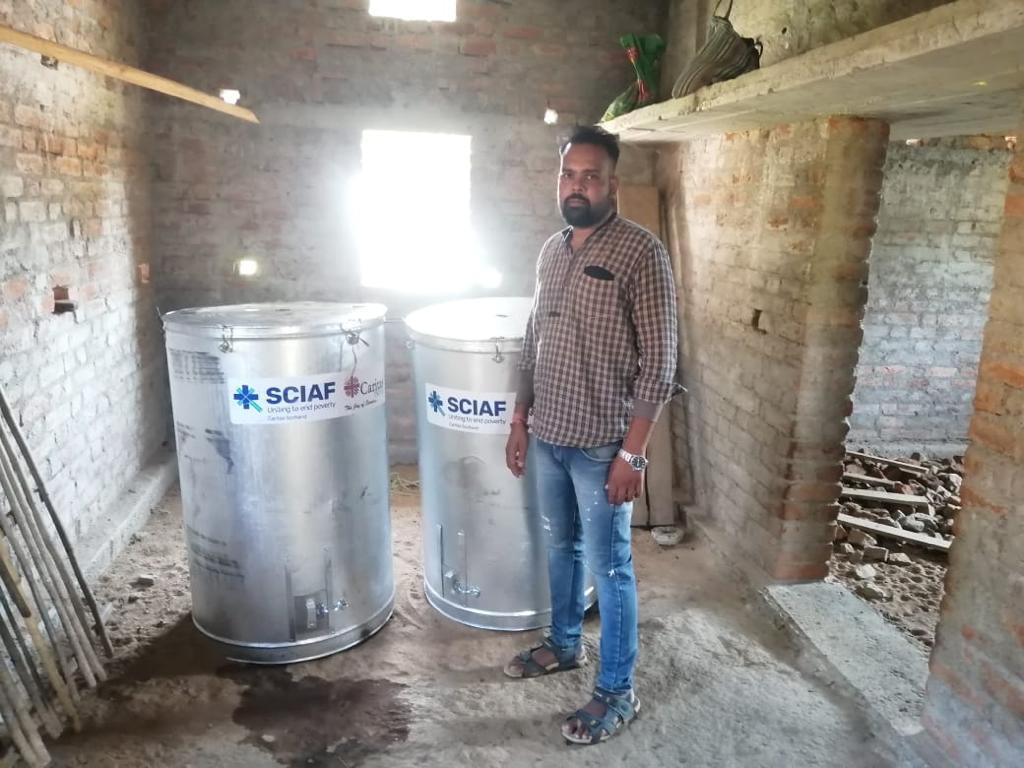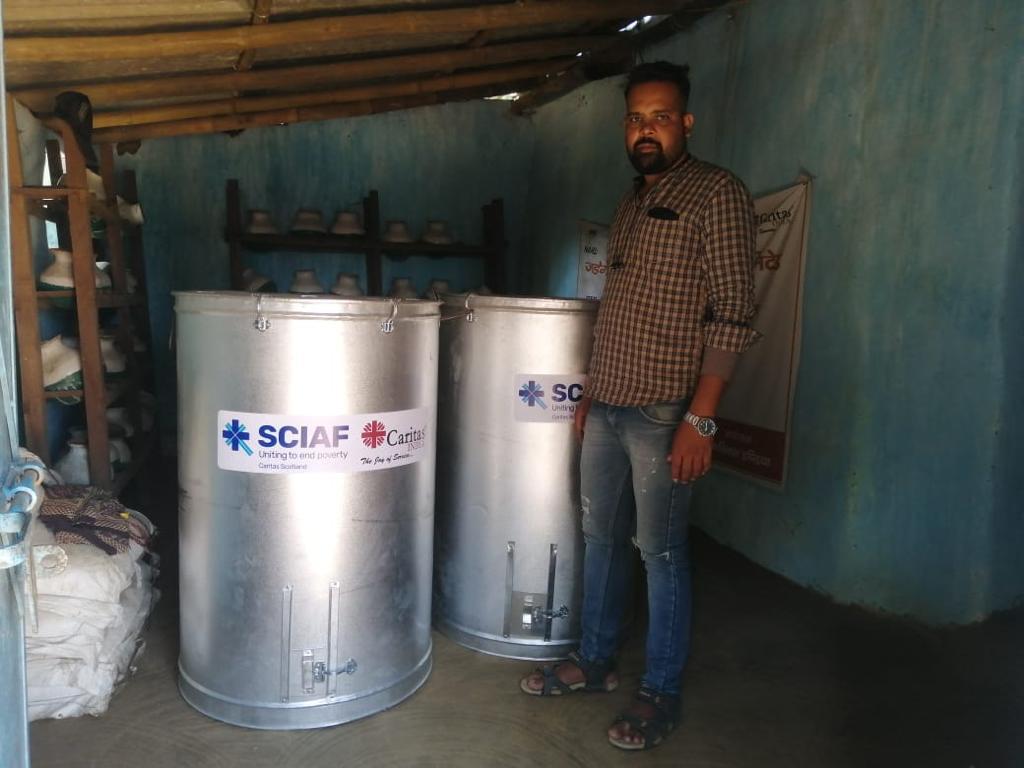Grain storage bins are commonly used for the storage of food grains, such as wheat, rice, corn, barley, oats, and other cereals. These bins play a critical role in preserving the quality and safety of food grains after harvest. Proper grain storage is essential to prevent spoilage, maintain nutritional value, and ensure a steady supply of food throughout the year. Here are some important considerations when using grain storage bins for food grain storage: Cleanliness and Hygiene: Before storing food grains, ensure that the grain storage bin is thoroughly cleaned and free from any contaminants or residues. Proper hygiene is essential to prevent contamination and maintain food safety. Moisture Control: One of the most critical factors in grain storage is moisture control. Food grains should be properly dried to a safe moisture level before storage to prevent mold growth, insect infestations, and deterioration of quality. Temperature Control: Maintaining a consistent and cool temperature inside the grain storage bin is important to prevent the development of insects and pests. Cool temperatures also help preserve grain quality and prevent spoilage. Aeration and Ventilation: Proper aeration and ventilation systems are essential to control temperature and moisture levels within the grain storage bin. Adequate airflow helps prevent hot spots and reduces the risk of moisture accumulation. Pest Control: Preventing pests from infesting the stored food grains is crucial. Use proper sealing and insect-proofing measures to keep pests out of the grain storage bin. Quality Testing: Regularly test the food grains for quality parameters, such as moisture content, insect infestation, and germination rate, to ensure they meet the required standards. Rotation of Grains: Implement a first-in-first-out (FIFO) approach to grain storage, using older grain stocks before newer ones. This practice helps prevent the accumulation of old and potentially compromised grains. Proper Labeling and Documentation: Label each grain storage bin with clear information, such as grain type, harvest date, and any treatments applied. Proper documentation helps in managing grain inventory and tracking grain quality. Monitoring and Inspection: Regularly monitor the grain storage bins and conduct inspections to identify any signs of spoilage, pests, or structural issues that may require attention. Safety Measures: Ensure that grain storage bins are built and maintained with safety in mind. Take precautions to prevent accidents, such as proper handling of equipment and safe working practices. By following these best practices, food grain producers and processors can ensure the safe and effective storage of food grains in grain storage bins, preserving their quality and nutritional value for consumption and distribution. Proper grain storage is a critical component of food security and supply chain management.






